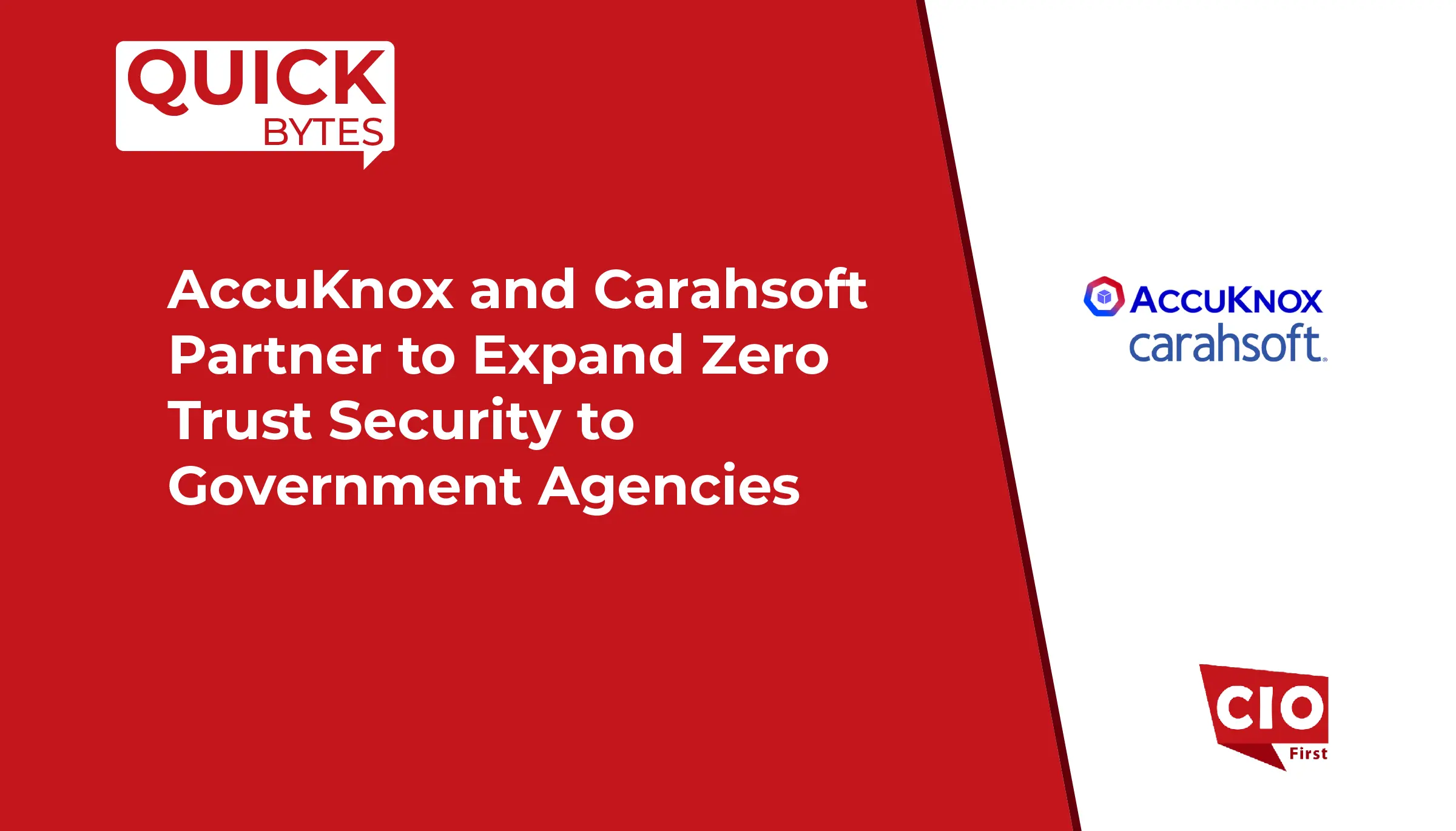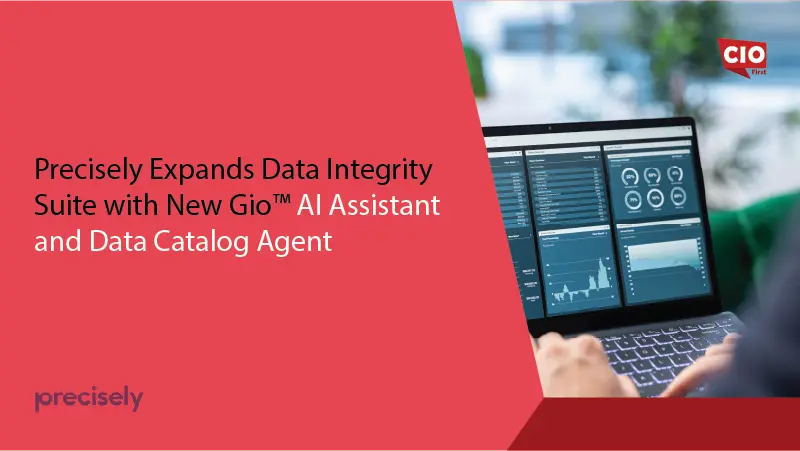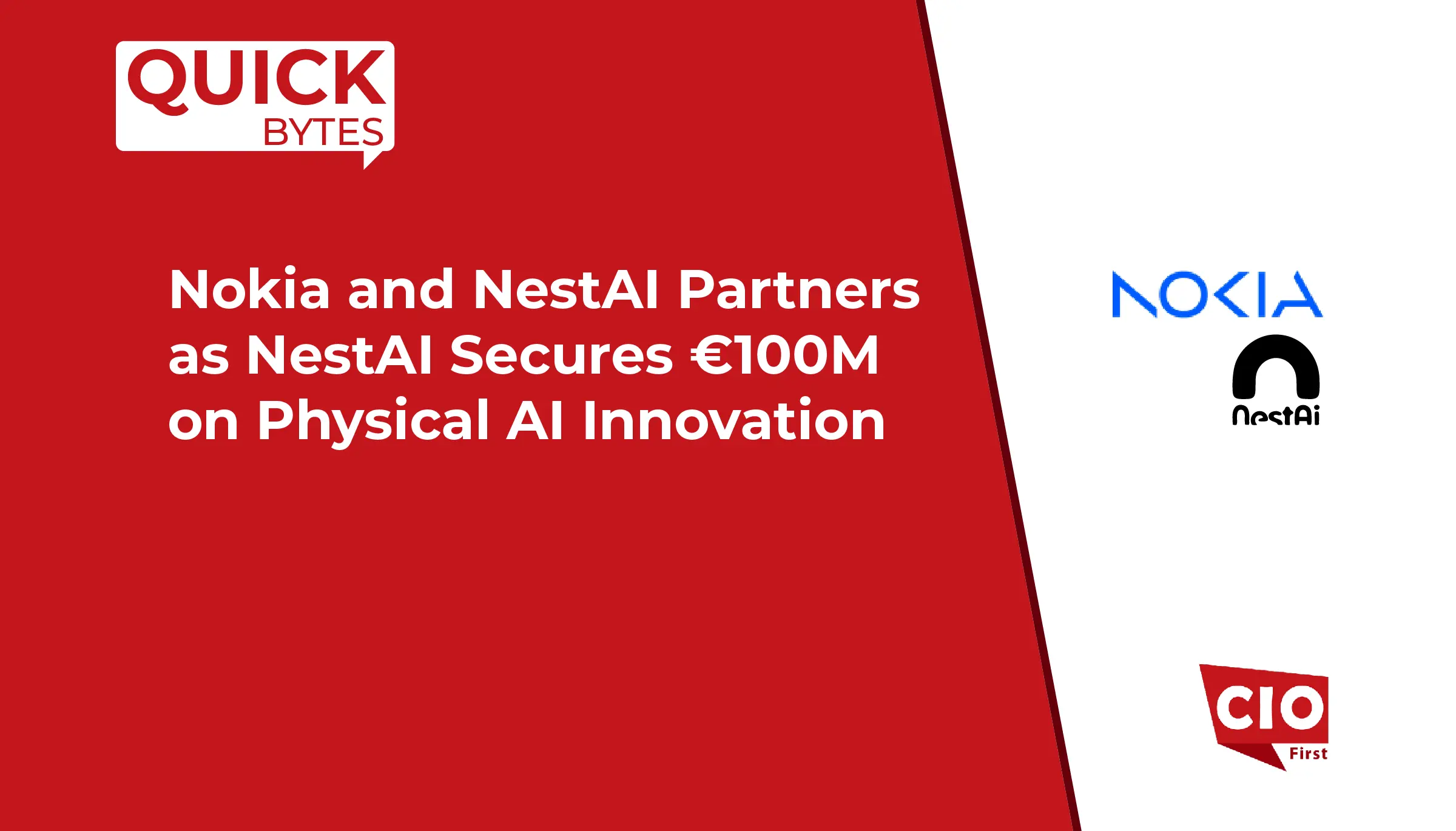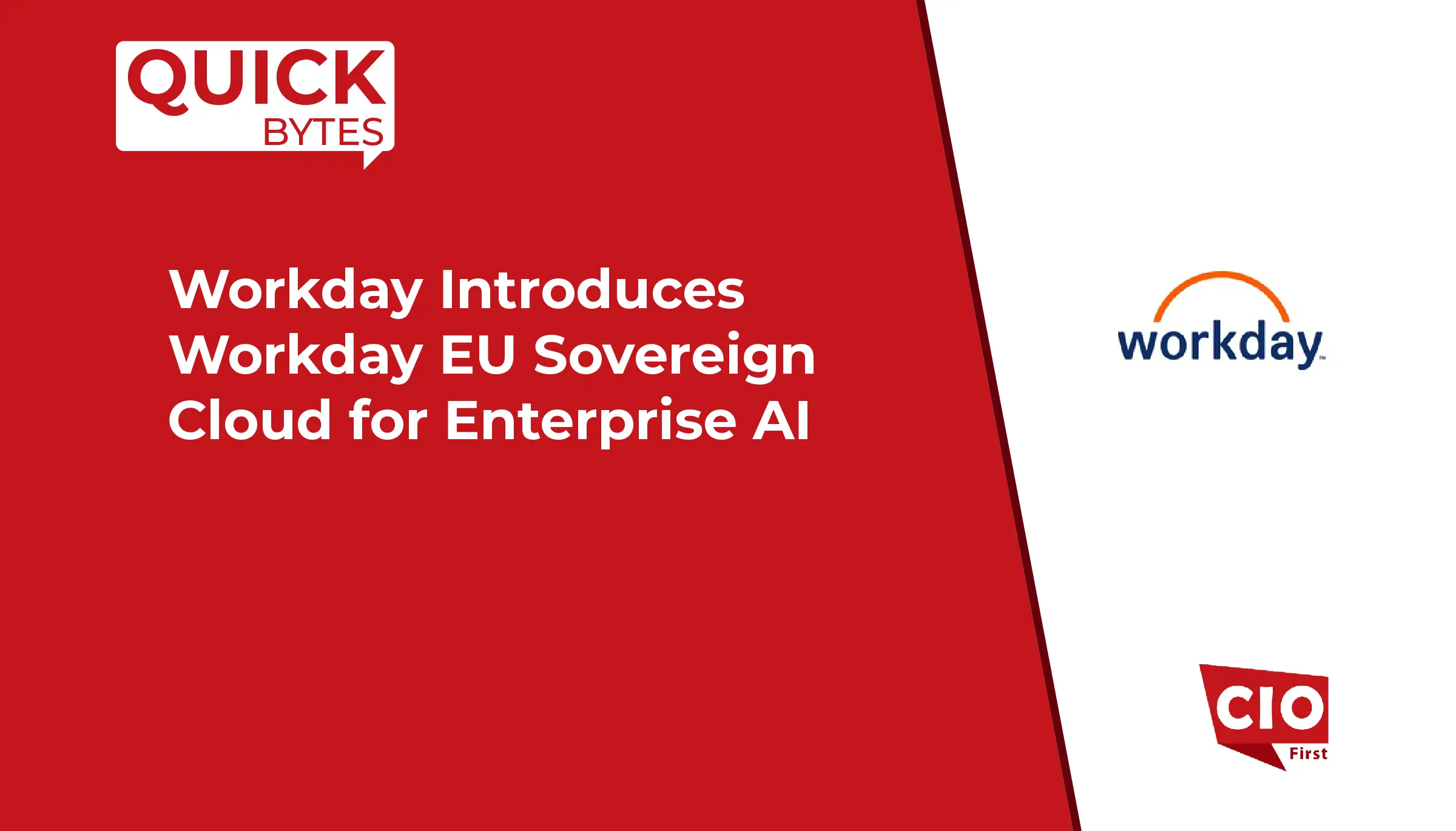In today’s hyper-connected digital landscape, data has become the lifeblood of business innovation and decision-making. For technology leaders like CIOs and CTOs, the challenge is no longer just about collecting and storing data—it’s about managing it effectively, securely, and in compliance with ever-evolving regulations. This is where cloud data governance emerges as a critical discipline.
Cloud data governance refers to the framework of policies, processes, and technologies that ensure data is accurate, accessible, secure, and compliant across cloud environments. As organizations increasingly migrate to the cloud, the need for robust governance has never been more urgent. Without it, businesses risk data breaches, regulatory penalties, and missed opportunities to leverage data for competitive advantage.
In this article, we’ll explore why cloud data governance is a strategic imperative, the key challenges technology leaders face, and actionable insights to build a governance framework that drives value while mitigating risks.
Also Read: Beyond the Code: Elevating Standards with Software Quality Management in 2025 and Beyond
The Rise of Cloud Data Governance: Why It Matters
The shift to cloud computing has transformed how organizations manage and utilize data. According to Gartner, over 85% of enterprises will adopt a cloud-first strategy by 2025. While the cloud offers unparalleled scalability, flexibility, and cost-efficiency, it also introduces complexities in data management.
Consider this: A multinational corporation stores customer data across multiple cloud platforms, including AWS, Azure, and Google Cloud. Without a unified governance strategy, this data becomes fragmented, leading to inconsistencies, security vulnerabilities, and compliance risks.
Cloud data governance addresses these challenges by providing a structured approach to data management. It ensures that data is:
- Accurate and Consistent: Eliminating discrepancies across systems.
- Secure: Protecting sensitive information from unauthorized access.
- Compliant: Adhering to regulations like GDPR, CCPA, and HIPAA.
- Accessible: Enabling stakeholders to find and use data efficiently.
For technology leaders, investing in cloud data governance isn’t just about risk mitigation—it’s about unlocking the full potential of data to drive innovation and growth.
Key Challenges in Cloud Data Governance
While the benefits of cloud data governance are clear, implementing it is no small feat. Here are some of the most pressing challenges technology leaders must navigate:
1. Data Silos and Fragmentation
As organizations adopt multi-cloud and hybrid cloud strategies, data often becomes siloed across different platforms. This fragmentation makes it difficult to maintain a single source of truth, leading to inefficiencies and errors.
2. Evolving Regulatory Landscape
Data privacy regulations are constantly evolving, with new laws emerging in different regions. For example, the European Union’s GDPR imposes strict requirements on data handling, while California’s CCPA grants consumers greater control over their personal information. Staying compliant in this dynamic environment requires continuous monitoring and adaptation.
3. Security Risks
The cloud’s shared responsibility model means that while cloud providers secure the infrastructure, customers are responsible for protecting their data. Misconfigurations, weak access controls, and insider threats can expose sensitive information to cyberattacks.
4. Lack of Visibility and Control
Without proper governance, organizations often struggle to gain visibility into their data assets. This lack of transparency makes it challenging to enforce policies, track data lineage, and ensure accountability.
5. Cultural Resistance
Governance initiatives often face resistance from employees who view them as bureaucratic hurdles. Overcoming this resistance requires a cultural shift that emphasizes the value of governance in enabling innovation and trust.
Building a Robust Cloud Data Governance Framework
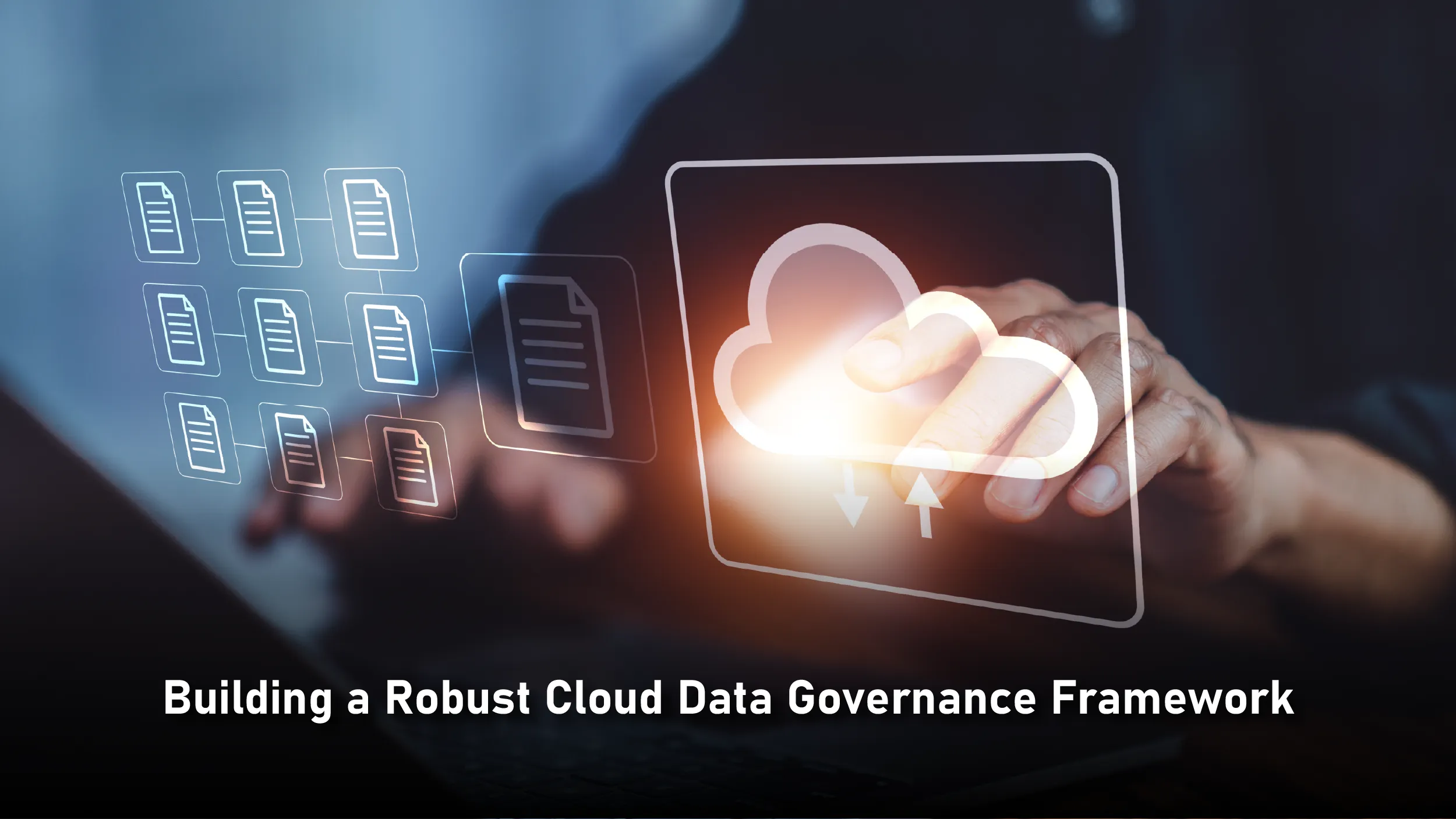
To overcome these challenges, technology leaders must adopt a holistic approach to cloud data governance. Here are some actionable strategies to consider:
1. Define Clear Policies and Standards
The foundation of any governance framework is a set of well-defined policies and standards. These should cover data classification, access controls, encryption, retention, and disposal. For example, sensitive data like personally identifiable information (PII) should be encrypted both at rest and in transit, with strict access controls in place.
2. Leverage Automation and AI
Manual governance processes are time-consuming and prone to errors. By leveraging automation and AI, organizations can streamline tasks like data classification, policy enforcement, and compliance monitoring. For instance, AI-powered tools can automatically detect and classify sensitive data, reducing the risk of human error.
3. Implement Data Catalogs and Metadata Management
A data catalog serves as a centralized repository of metadata, providing visibility into data assets across the organization. This enables stakeholders to easily discover, understand, and use data while ensuring compliance with governance policies.
4. Foster a Data-Driven Culture
Governance is not just a technical challenge—it’s a cultural one. Technology leaders must champion a data-driven culture that emphasizes the importance of governance in enabling trust and innovation. This includes providing training, fostering collaboration between teams, and recognizing employees who adhere to governance best practices.
5. Partner with Cloud Providers
Cloud providers offer a range of tools and services to support data governance, from encryption and access controls to compliance certifications. By partnering with providers, organizations can leverage these capabilities to enhance their governance framework.
6. Continuously Monitor and Improve
Governance is not a one-time initiative—it’s an ongoing process. Organizations must continuously monitor their data environment, assess risks, and adapt their policies to address emerging challenges. Regular audits and reviews can help identify gaps and ensure compliance with evolving regulations.
Real-World Examples of Cloud Data Governance in Action

To illustrate the importance of cloud data governance, let’s look at two real-world examples:
Example 1: Financial Services Firm Enhances Compliance
A global financial services firm faced challenges in complying with GDPR due to fragmented data across multiple cloud platforms. By implementing a unified governance framework, the firm was able to classify and protect sensitive data, streamline compliance reporting, and avoid costly penalties.
Example 2: Healthcare Provider Improves Data Security
A healthcare provider storing patient data in the cloud struggled with security vulnerabilities and regulatory compliance. Through a combination of encryption, access controls, and employee training, the provider strengthened its data security posture and achieved HIPAA compliance.
The Future of Cloud Data Governance
As technology continues to evolve, so too will the challenges and opportunities in cloud data governance. Emerging trends like edge computing, IoT, and generative AI will generate vast amounts of data, further complicating governance efforts. At the same time, advancements in AI and machine learning will enable more sophisticated governance solutions.
For technology leaders, the key to success lies in staying ahead of these trends and adopting a proactive approach to governance. By doing so, they can not only mitigate risks but also unlock the full potential of data to drive innovation and growth.
Conclusion: A Call to Action for Technology Leaders
Cloud data governance is no longer optional—it’s a strategic imperative for organizations looking to thrive in the digital age. For CIOs and CTOs, the time to act is now. By building a robust governance framework, fostering a data-driven culture, and leveraging the latest technologies, technology leaders can ensure their organizations are well-positioned to navigate the complexities of the cloud and harness the power of data for competitive advantage.
The journey to effective cloud data governance may be challenging, but the rewards are well worth the effort. After all, in a world where data is king, governance is the crown that ensures its rightful place.






